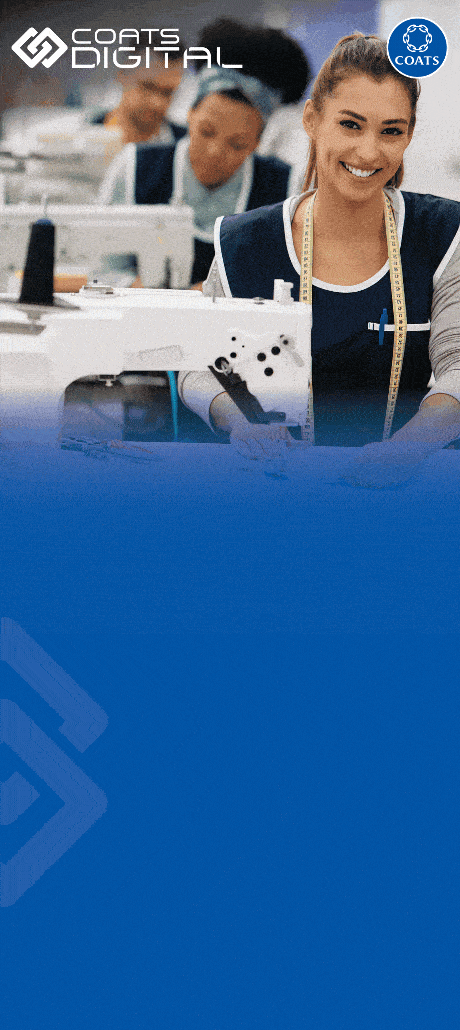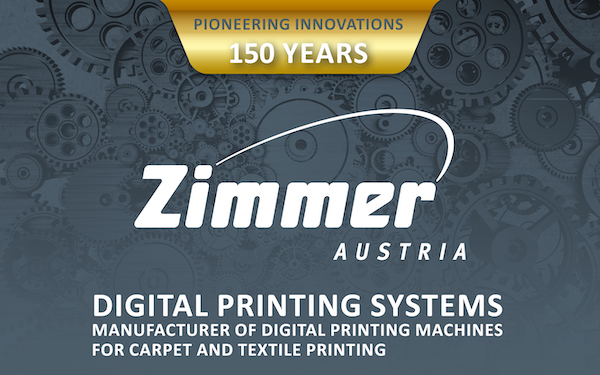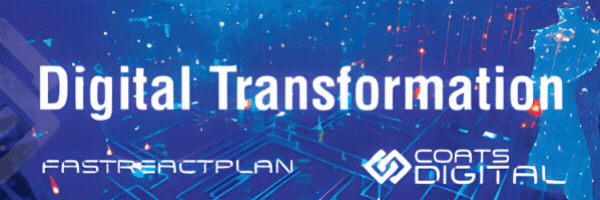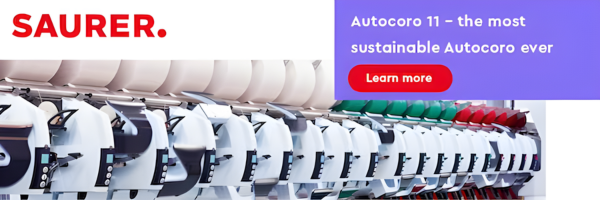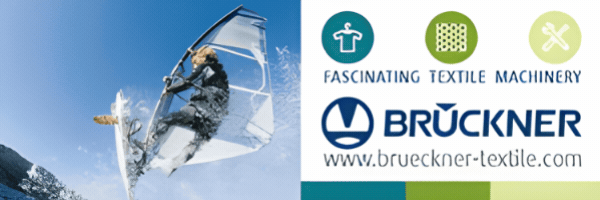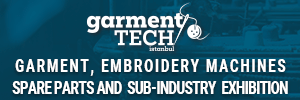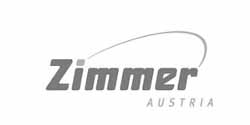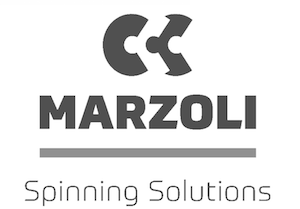As apparel supply chains grow more dynamic and buyer demands intensify, the factory floor is under pressure to deliver speed, flexibility, and traceability—all at once. Yet, many manufacturers still rely on factory systems that weren’t built for this level of complexity.
In this interview, Anas Shakil, VP at Solvei8, explains why traditional MES platforms fall short—and why the future lies in Factory OS: a real-time, decision-driving layer that brings planning, execution, quality, and maintenance into operational sync. Today, Solvei8 powers factory performance in over 130+ manufacturing units across 8 countries, including India, Bangladesh, Vietnam, and Indonesia. Its clientele includes some of the most agile and forward-looking players in the industry, such as ApparelTech, Ananta, PDS and Premier Knits.
Q1. Why are so many apparel factories still struggling with MES investments, and what’s the deeper issue behind these failures?
MES systems have been around for years, and yet if you walk into most factories today, the problems feel eerily familiar—rework, missed deadlines, and a lot of manual firefighting.
The issue isn’t that digital tools are missing—it’s that they were never designed for the reality of apparel manufacturing. MES, in many cases, came from industries like automotive or electronics, where production is linear and repeatable. Apparel, on the other hand, is volatile. Styles change constantly, adding stress on ensuring high Right First Time throughput, managing frequent process changes, & driving feedback to the planning team. A system that passively tracks status updates doesn’t help when everything changes by the hour.
Worse, most of these systems are fragmented. Planning, production, and quality data live in silos. So while factories are generating a ton of data, they’re not able to act on it in real time.
That’s exactly why we built Factory OS. We saw that visibility wasn’t enough—what factories needed was control. A way to sense problems early, understand why they’re happening, and adjust course immediately. Factory OS brings all your operational data into one cockpit and makes it usable, so your team doesn’t just see problems; they act on them, fast.
Q2. How are shifting brand priorities influencing what factories need from their tech infrastructure?
Brands are pushing the envelope—shorter lead times, smaller order quantities, tighter compliance checks. What used to be exceptional is now the baseline.
To meet these expectations, factories can’t rely on delayed reports or gut feel anymore.
They need to know, in real time:
● What’s ahead of plan?
● What’s lagging, and why?
● Where are quality issues starting, and how do we fix them now?
This is where traditional systems fall short. They’re built to record history, not influence the present.
Factory OS changes that. It’s responsive. It syncs live with what’s happening on the floor—across production, planning, quality, and even maintenance. Whether it’s a line supervisor adjusting loading mid-shift or a planner resequencing orders, everyone operates on the same live data. That alignment lets you move faster without losing control.
Q3. Factory OS is described as a “control layer.” How does that translate into day-to-day factory operations, and how is it different from traditional visibility systems?
Visibility tells you what happened. Control helps you decide what to do next. That’s the difference.
With Factory OS, it’s not about dashboards—it’s about direction. It continuously captures events across machines, lines, operators, quality points, and production plans. But it doesn’t just log them—it processes, correlates, and routes signals to the right people.
So if there’s a spike in defects, the system knows:
● Which operation and operator are linked to
● Whether a machine is involved
● What is the likely root cause
● And how is that going to affect today’s plan
This isn’t static reporting. This is live decision support. Planners, supervisors, and managers don’t need to scramble or escalate—they’re guided with options based on real data.
We like to say Factory OS gives your factory a nervous system. It reacts, learns, and corrects—minute by minute.
Q4. There are many factory digitalization tools and MES platforms in the market. What makes Factory OS different?
What sets Factory OS apart is that it’s built for apparel, not just deployed in apparel.
We didn’t retrofit a generic MES—we built Factory OS ground-up with some of the largest apparel factories in Asia, and every workflow was shaped by how garments move through a factory.
This means it handles low MOQs, frequent style changes, buyer-specific quality standards, and real-time updates to adjusted line loading plans, not at the end of the day or week, but as they happen.
And usability was a core focus. From module-level apps to supervisor-focused actionable insights to management dashboards—Factory OS is designed to be adopted, not just installed. We’ve seen teams go live in weeks, not months. And that’s because the system fits into how factories already run—it doesn’t demand reinvention.
Plus, it’s modular. Start with line performance, layer on real-time quality, connect planning, then sync maintenance. APIs make it easy to integrate into your existing tech stack without disruption.
So it’s not a single-point solution. It’s a control layer that pulls your entire factory into rhythm.
Q5. Looking ahead, how will Factory OS help apparel manufacturers stay competitive, especially with increasing sustainability and speed demands?
The complexity isn’t going away. If anything, it’s intensifying—more SKUs, more drops, more buyer audits, and tighter margins.
To stay competitive, factories need precision and agility. That means cutting waste, improving first-time quality, and delivering faster—all without losing control.
With Factory OS, we’ve seen rework drop by 25–30% in some plants, just by catching issues earlier and acting immediately. That’s not just a quality win—it’s a sustainability gain. Less waste, fewer redos, more efficient output.
On the speed side, it’s about collapsing the lag between plan and execution. Factory OS lets you resequence styles, shift loading, and align shop floor execution with real-time production priorities because you have the right data at the right time.
This is the shift we’re enabling: from reactive factories to proactive ones.
From passive reports to live action. From tech that tracks to tech that controls.
And when you operate like that, complexity stops being a problem. It becomes your edge.
Factory OS isn’t just another digital layer—it’s the operating system for factories that want to run with control, agility, and confidence.



